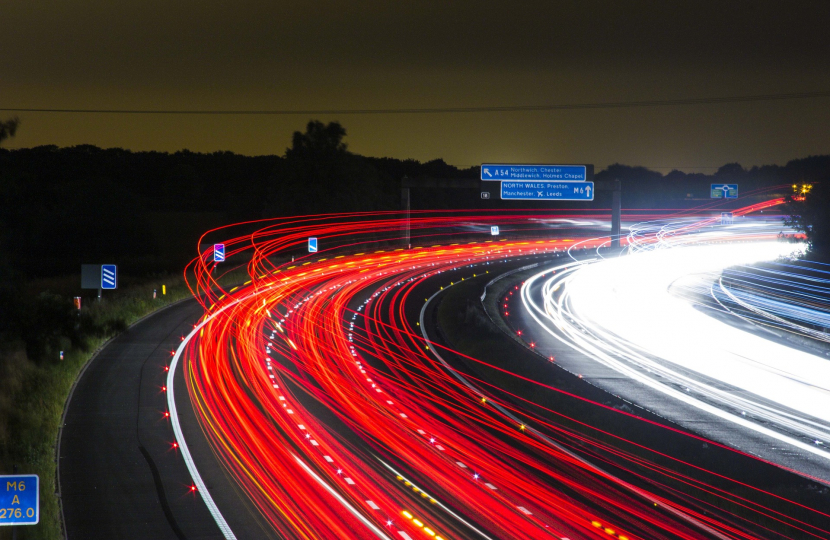
The Government sets the Approved Mileage Allowance Payments (AMAPs) rates to minimise administrative burdens. AMAP rates aim to reflect running costs including fuel, servicing and depreciation. Depreciation is estimated to constitute the most significant proportion of the AMAP rate. Employees can claim up to 45p per mile for the first 10,000 miles and the 25p per mile for subsequent miles. The mileage thresholds reflect that the AMAP rates are designed to cover both a proportion of fixed costs, such as insurance and VED, as well as ongoing costs such as fuel.
Employers are not required to use the Approved Mileage Allowance Payments (AMAP) rates. Instead, they can agree to reimburse a different amount that better reflects their employees’ circumstances. Where payments exceed the relevant AMAP rate, there will be an Income Tax and National Insurance charge on the difference. It is therefore ultimately up to employers, including individual public sector organisations, to determine the rate at which they reimburse their employees.
Voluntary organisations are allowed to make payments under the AMAP scheme to their volunteer drivers.
All elements of taxation, including mileage rates, are kept under constant review. Changes to mileage rates would be considered as part of the normal process leading up to future budgets
More widely, I welcome the Chancellor's decision to maintain fuel duty at current levels for the next 12 months, spending £5 billion on a tax cut worth £100 per driver this year. This will be achieved by keeping the 5p cut in fuel duty that was introduced last year, as well as cancelling the scheduled 11p increase in fuel duty.
